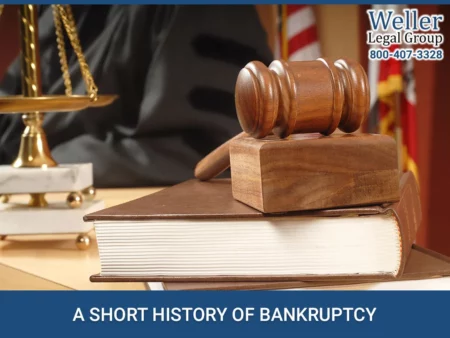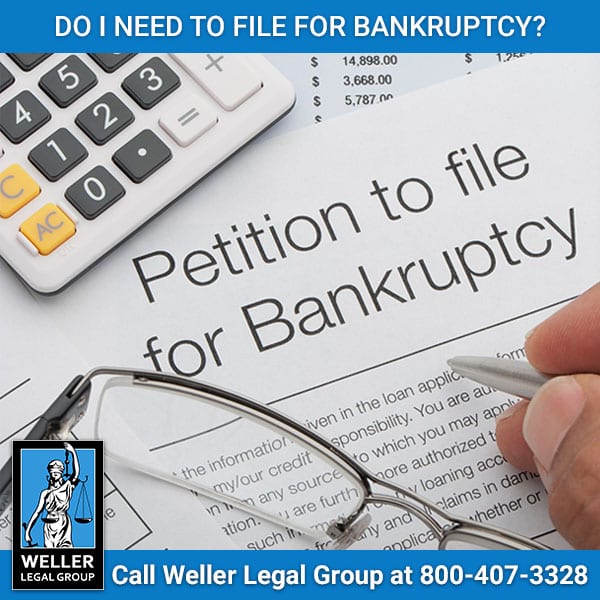A Short History of Bankruptcy
The etymology of the term “bankruptcy” is commonly believed to derive from a combination of two Latin words: “bancus” (table or bench) and “ruptus” (broken). The theory suggests that a public banker, upon failing to meet financial obligations, would have his bench—where transactions took place—broken as a symbol of his inability to negotiate and fiscal failure. This practice was widespread in Medieval Italy, leading many to attribute the term “bankrupt” to the Italian phrase “banco rotto,” translating to “broken bank.” Alternatively, some attribute the origin Read More +



